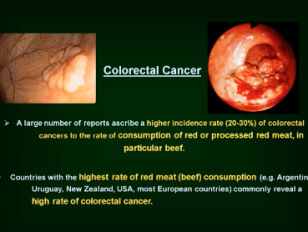Infections Linked to Human Cancers: Mechanisms and Synergisms

Presenter: Harald Zur Hausen
Published: July 2014
Age: 18-22 and upwards
Views: 1270 views
Tags: cancer;incidence;virus;bacterium;parasite;infection
Type: Lectures
Source/institution: Lindau-Nobel
Watch now
Slightly more than 20% of the global cancer incidence is presently being linked to viral, bacterial, or parasitic infections. The mechanisms by which these agents mediate malignant transformation differ substantially. Some contribute directly, frequently integrating their genome into chromosomal DNA, others may persist episomally. Persistence of the respective DNA is required to maintain the malignant phenotype of the affected cells. Indirect contributions may involve immunosuppression, induction of reactive oxygen radicals, amplification of latent tumor virus DNA, induction of mutations and translocations, and prevention of apoptosis. Even in case of direct contributions to carcinogenesis additional modifications of host cell genes are required prior to onset of malignant growth. The required number of these genetic or epigenetic changes determines the latency period between primary infections and malignant proliferation. In most cases it varies between 10 and 60 years. Interactions of potentially carcinogenic infections with other mutagenic factors (e.g. chemical carcinogens, irradiation, hormones, inflammations, specific virus infections) emerges more as rule than exception. Nevertheless, the identification of potentially carcinogenic infectious agents permitted novel approaches in cancer prevention and identification of persons at risk for specific cancers. The emerging picture of the role of infections in human carcinogenesis, however, results in great difficulties to apply criteria outlined by Koch, later by Hill and others, to define causality.



